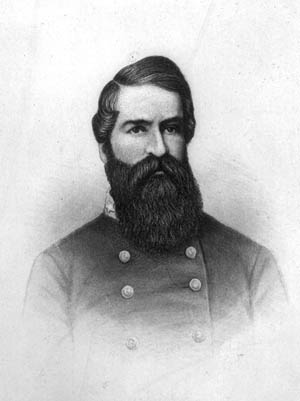
Stonewall Jackson
Confederate Cavalryman Turner Ashby
By Roy Morris Jr.Even in an army not lacking for larger-than-life figures, Confederate cavalry leader Turner Ashby stood out from the crowd. Read more

General Thomas J. “Stonewall” Jackson was a corps commander in General Robert E. Lee’s Confederate Army of Northern Virginia during the American Civil War. Noted for eccentric behavior, the former instructor at the Virginia Military Institute proved himself a brilliant tactician in several battles, including Second Manassas and Chancellorsville. General Thomas J. “Stonewall” Jackson earned his nickname at the Battle of First Manassas when another Confederate general observed his troops standing “like a stone wall” against the enemy. General Thomas J. “Stonewall” Jackson was wounded by friendly fire at Chancellorsville and died of pneumonia at age 39 on May 10, 1863.

Stonewall Jackson
Even in an army not lacking for larger-than-life figures, Confederate cavalry leader Turner Ashby stood out from the crowd. Read more
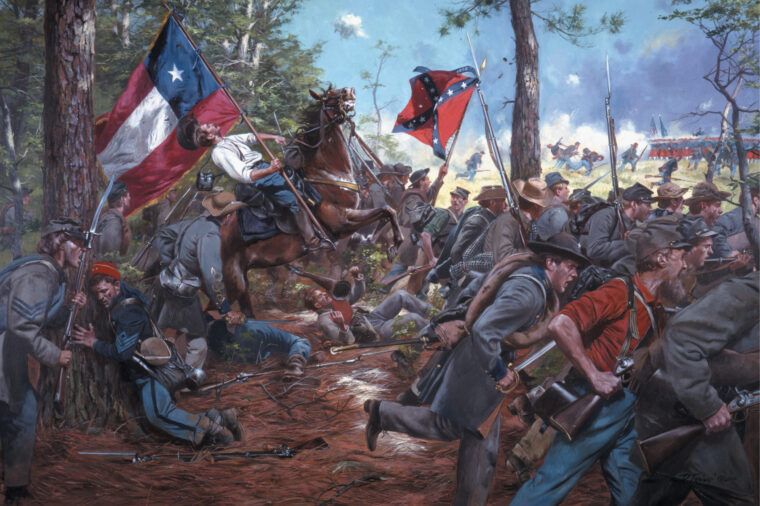
Stonewall Jackson
Sent into north-central Virginia to threaten Richmond on a second front, McDowell had managed to get lost in the woods near Gainesville and lost touch with his command for 12 full hours. Read more
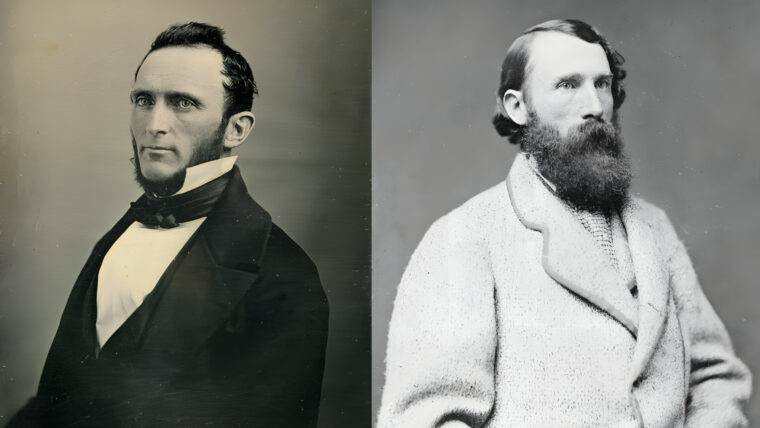
Stonewall Jackson
The men who wore Confederate gray were notoriously high-strung and quick to anger—none more so than Stonewall Jackson and Ambrose Powell Hill. Read more
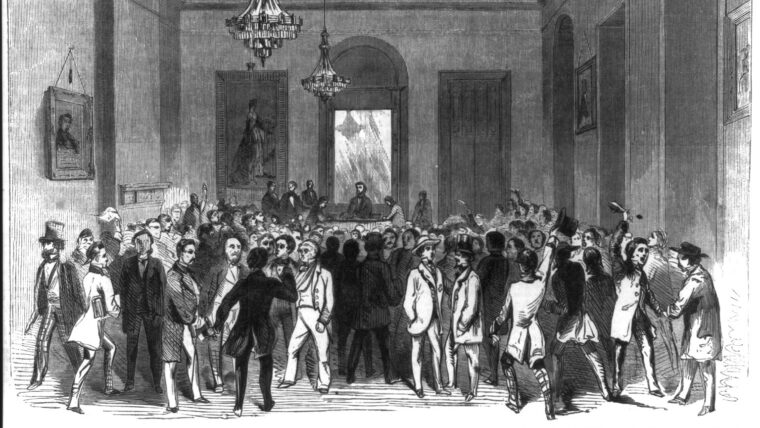
Stonewall Jackson
“Every war will astonish you,” American general Dwight D. Eisenhower said after World War II. As the leader of the Allied forces that successfully landed on D-Day and marched into Berlin 11 months later, Eisenhower obviously knew what he was talking about. Read more
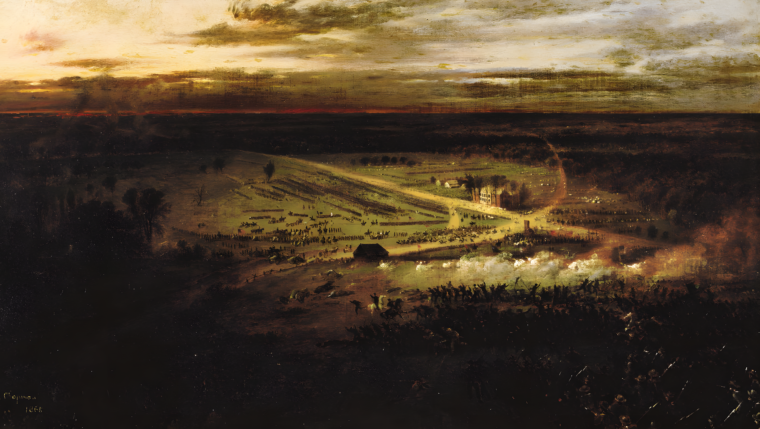
Stonewall Jackson
The city of New York provided more regiments than did many states during the Civil War, and the deeds of several of its regiments, such as the 9th New York “Hawkins’s Zouaves,” 39th New York “Garibaldi Guard,” and 42nd New York “Tammany Regiment” are well known. Read more
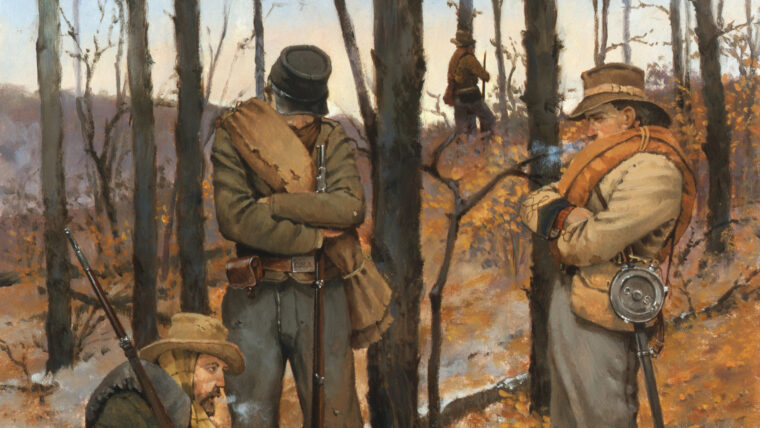
Stonewall Jackson
The unrelentingly harsh winter of 1864-1865 gave no respite to Virginia’s war-torn Shenandoah Valley. Heavy snows and frigid temperatures made travel difficult, and the two opposing armies found themselves literally frozen into place, 90 miles apart and in no particular hurry to get at each other again before the weather broke. Read more
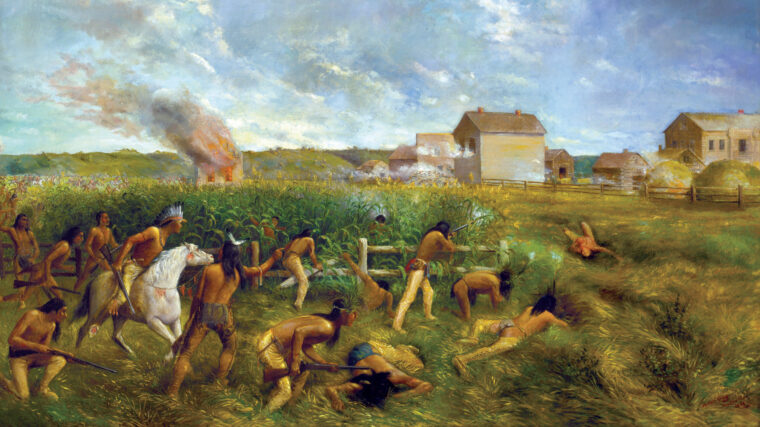
Stonewall Jackson
John Pope’s second campaign as an army commander went considerably better than his first. Not that it did his reputation—or Abraham Lincoln’s, for that matter—any particular good. Read more
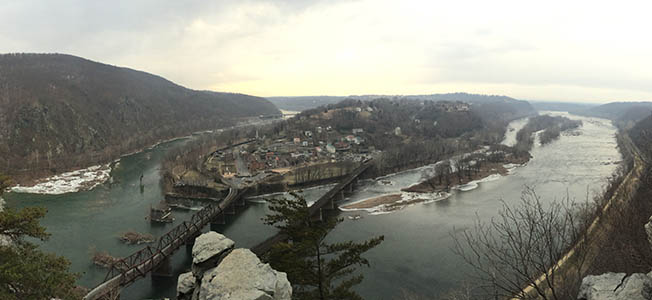
Stonewall Jackson
Like the tall hills that surround it, the history of Harpers Ferry has many layers. While some of the nearby Civil War battlefields, most notably Antietam National Battlefield, are picturesque, they can’t compete with the grandeur of Harpers Ferry. Read more
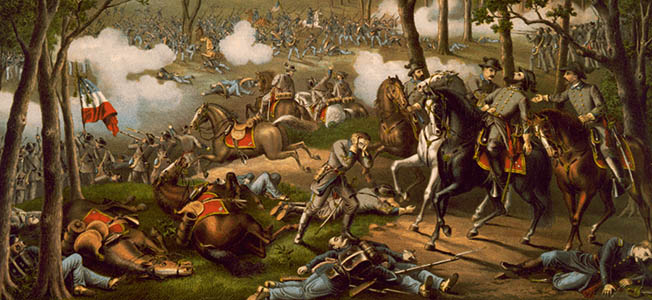
Stonewall Jackson
Gray waves of infantry emerging from the dark woods on both sides of the Orange Turnpike stampeded startled Yankees on the Federal right flank on May 2, 1863. Read more
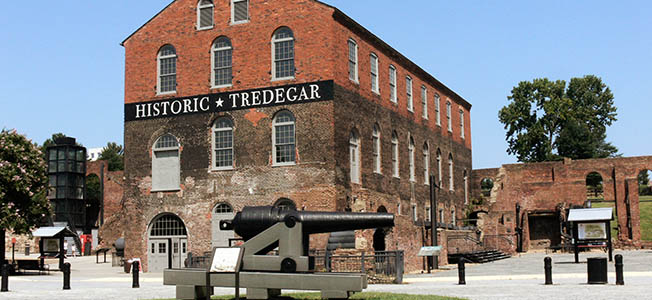
Stonewall Jackson
Dawn on July 1, 1862, ushered in a hot summer day. After having assumed the offensive five days earlier, General Robert E. Read more
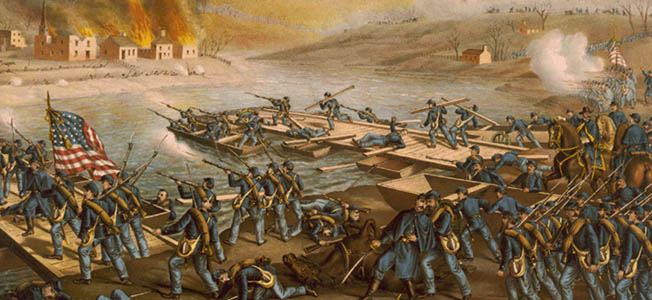
Stonewall Jackson
Union Maj. Gen. Ambrose Burnside was prone to dithering. The vanguard of his 120,000-strong Union Army had arrived in Falmouth on the north bank of the Rappahannock River opposite Fredericksburg on November 14, 1862. Read more
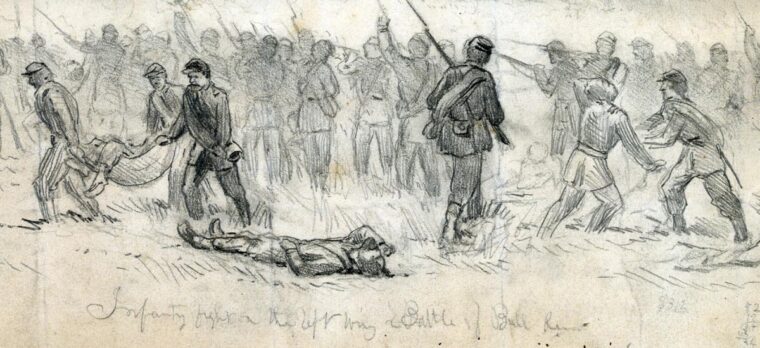
Stonewall Jackson
The New Englanders crept forward through the thick woods toward the Rebel position at mid-afternoon. Trading volleys with the Confederates behind the natural trench afforded by the unfinished railroad line during the Battle of Second Manassas in summer 1862 had so far proved unsuccessful throughout the scorching hot summer day. Read more
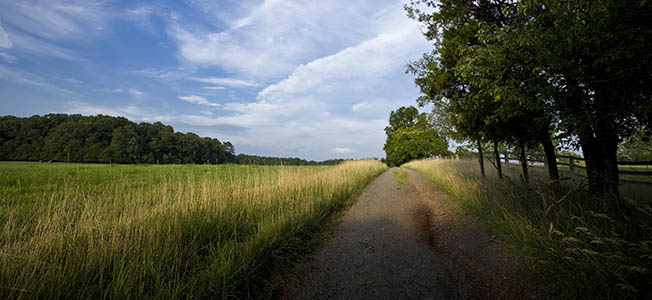
Stonewall Jackson
The first thing that strikes a visitor to Henry Hill at Manassas National Battlefield Park is the spectacular view. Read more
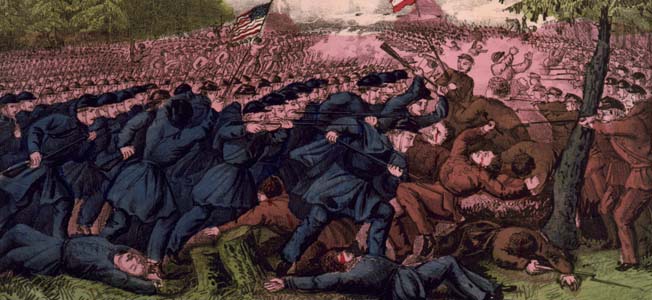
Stonewall Jackson
In 1862, Confederate forces in Virginia were enjoying a number of campaign successes, but the decisive advantage in naval power enjoyed by the Union enabled it to advance down the Mississippi, capture river forts, and conduct many coastal attacks. Read more